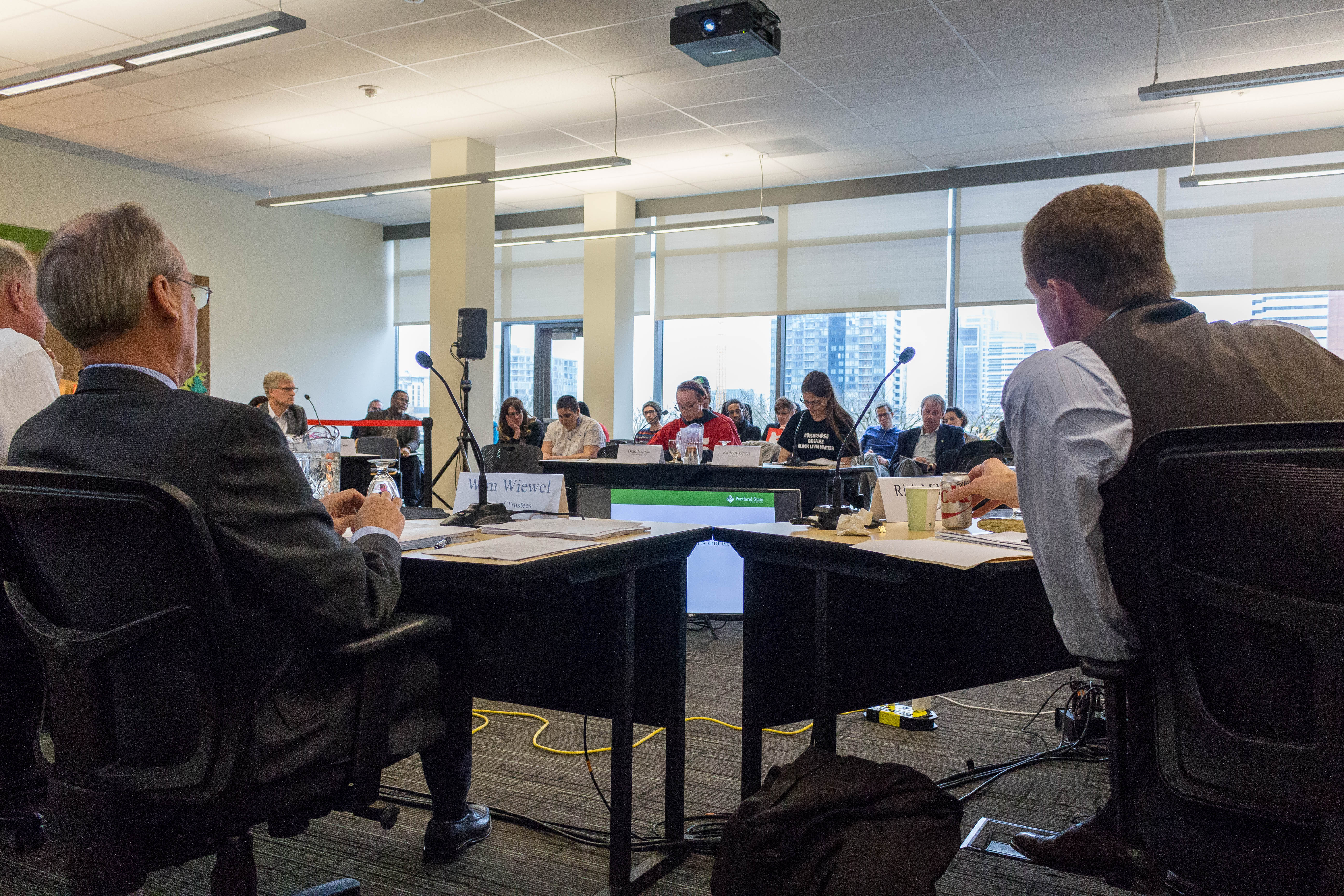How often have you been involved in a conversation that you either did not understand at all, had no place participating in or did not care about? Do you know what is at the root of this problem? All three situations have a common issue: the context is wrong.
Context is important in communication. Whether it is written or oral, communicating with someone effectively relies on the accuracy with which a message is transmitted. Ineffective communication means the message is misinterpreted or lost, and who wants to waste their time repeating themselves? Effective communication means the speaker or writer transmits their ideas clearly to the audience with as little lost meaning as possible. Hopefully, the entire message is understood. Sounds great, right?
So, how can people communicate effectively? Context is key. For this article, the only types of context discussed will be the kinds the speaker can control.
Let’s begin with understanding what context is. All we need here is a good dictionary definition. Oxford Dictionaries give two: First, context is the circumstances that form the setting for an event, statement or idea, and in terms of which it can be fully understood. Second, context consists of the parts of something written or spoken that immediately precede or follow a word or passage and clarify its meaning.
Latch on to the idea that context is all about circumstances and facilitating understanding.
There are a few types of context to consider when speaking or writing. The first is the relationship between speaker and audience. Who are you speaking to? Is this a coworker? A friend? A room full of people? A single stranger?
Knowing who the listener is and predicting how they will hear a message is important in establishing how to deliver a message. People listen to advice from friends differently than they listen to the advice of college newspaper opinion columnists. It is important to keep that in mind when trying to communicate effectively.
The next type of context to consider is where this communication is taking place and in what format. The way people communicate in writing is often different from how they deliver messages orally. Messages are also delivered differently depending on the size of the audience or the room. These are factors that can affect the transmission of a message, and good communicators take this into account.
A special type of context that applies specifically to speaking is the physical context. Imagine someone is explaining the details of a task to you. They’re standing close enough that you can tell they had coffee about an hour ago. They are hunching forward slightly, standing toe-to-toe with you and have crossed arms. After they finish explaining the task, they hand you a thick file folder and quickly walk away. Are you hoping there are instructions in that file folder?
Now, imagine a different person asks you to help them complete a task. They open a folder, and while standing next to you, go over individual elements of the task. This person is making semi-frequent but brief eye contact while smiling. Who are you more likely to hear? Physical context is about a lot more than just body language, but body language is a big part of it. If someone looks angry, their audience will probably think they are angry.
The nature of the language is one of the most crucial elements, and this is the element people often think of when they are considering context. Will your audience know what you are talking about if you use highly technical language? How basic can you make this statement without losing the meaning of your message? There are several ways to use the context of language to clear up a message. There are contrast clues, synonyms and inference, which are what most people typically call context clues.
Personal context is also an important part of communicating because it involves self-analysis. A speaker can identify their own ideas, how they understand things and what an effective message looks like to them. By understanding these concepts, you the speaker can compare yourself to the audience. Ask yourself questions like: Are they like me? Will they want to hear what I have to say? Am I choosing the right medium to communicate?
Now, why is context important? Understanding context can help a person to excel by making them an effective communicator and a cultural fit within an organization.
Every company, club, group, and team will have its own unique culture. From conflict resolution to communication styles, there are different ways to handle business within these groups. These differences show up in the context. If a new college graduate spends their first five working years at a company that handles conflicts in a very face-to-face, let’s-settle-this-now, up-front fashion, then they might take that into their next job. What if that is not how things are done at job number two?
Look for context to understand culture. What are the circumstances? What is the setting? How are statements being made? What sort of language is being used? What are your ideas? How do they compare to everyone else’s?
Context is easy to spot once you start looking, so start looking. Find out how to master it. Bend it to your will. Become an effective communicator.






